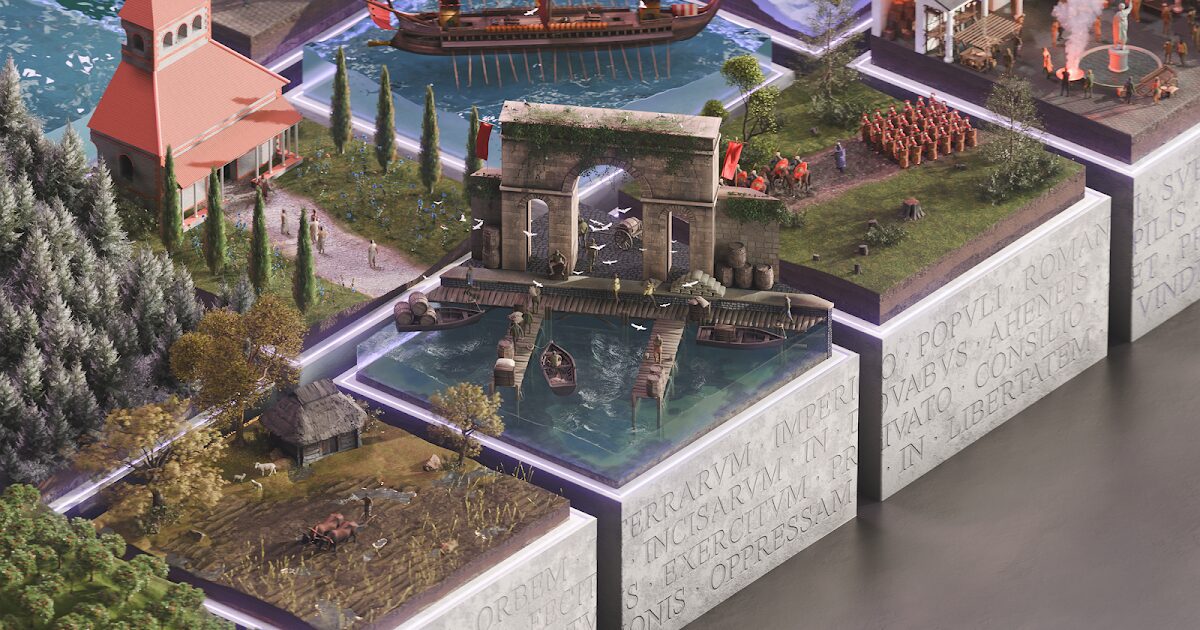Unleashing the Power of AI in Historical Research with Aeneas
Ever wondered how historians piece together the fragmented voices of the past? Well, here’s the scoop! Thanks to a groundbreaking new AI model named Aeneas, contextualizing ancient inscriptions has just become a whole lot easier. If you’re a history buff or just curious about the crossover between technology and ancient studies, you’re in for a treat. Let’s dive into how Aeneas is revolutionizing our understanding of the Roman world!
The Contextual Challenge of Ancient Inscriptions
Picture this: you stumble upon an ancient inscription—a poem, a love note, or a contract—etched into stone but existing in mere fragments. Deciphering its meaning often feels like piecing together a jigsaw puzzle without a picture. Honestly, restoring these texts has traditionally been like chasing shadows for historians. They’ve relied heavily on their expertise, specialist resources, and a lot of guesswork to find “parallels”—or similar texts that can provide context.
But with Aeneas, this entire process is about to shift gears. Developed by the Aeneas team in collaboration with several prestigious universities, this AI model taps into the vast history unlocked through inscriptions, enabling scholars to interpret, attribute, and restore texts at an unprecedented pace. Sounds pretty cool, right?
How Aeneas Works Its Magic
So, how does Aeneas pull off this impressive feat? It’s all about the data! The model dives into a massive dataset—over 176,000 Latin inscriptions! It combines both text and images to help historians not only piece together fragmented inscriptions but also understand their broader historical context. Let’s face it, this kind of capability would take humans ages to sift through!
Key Features of Aeneas
- Parallels Search: It identifies deep connections between inscriptions in seconds.
- Multimodal Input Processing: It analyzes both written content and visual data, allowing for richer context.
- Gaps Restoration: For the first time, Aeneas can intelligently restore gaps in damaged texts—an enormous leap forward.
Imagine having a sidekick that instantly narrows down your search for historical insight, pulling previously overlooked details into the light.
A Revolutionary Tool for Historians
But you might be wondering—does Aeneas really reduce the workload for historians? Absolutely! In a study involving twenty-three historians, Aeneas didn’t just make their work easier; it significantly enhanced their confidence in tackling complex tasks. As one historian put it, “Aeneas’ parallels completely changed my perception of the inscription.” Could AI truly be the research wingman we’ve all been waiting for?
More Than Just Latin
One of the most exciting aspects of Aeneas is its adaptability. While the current focus is on Latin inscriptions, it’s designed to extend its analytical power to other ancient languages and forms as well. Ain’t that something? From papyri to coins, Aeneas could open doors to a wider range of historical evidence, illuminating connections we’ve never before imagined.
If you’re itching to see Aeneas in action—or maybe even to use it yourself—you can check out the interactive version at predictingthepast.com. It’s an incredible resource for not just scholars, but students and anyone curious about the richness of ancient texts.
Final Thoughts: The Future of Historical Research
In a nutshell, Aeneas is shaking up how we engage with history. By marrying machine learning with historical inquiry, it brings a fresh lens to age-old debates and fuels collaborative efforts among historians. And the best part? Its development aligns with broader educational initiatives aimed at integrating AI with historical thinking.
So, what’s your take on this fascinating intersection of technology and history? Are you excited about the new doors Aeneas might open for research? Let’s keep this conversation going!
